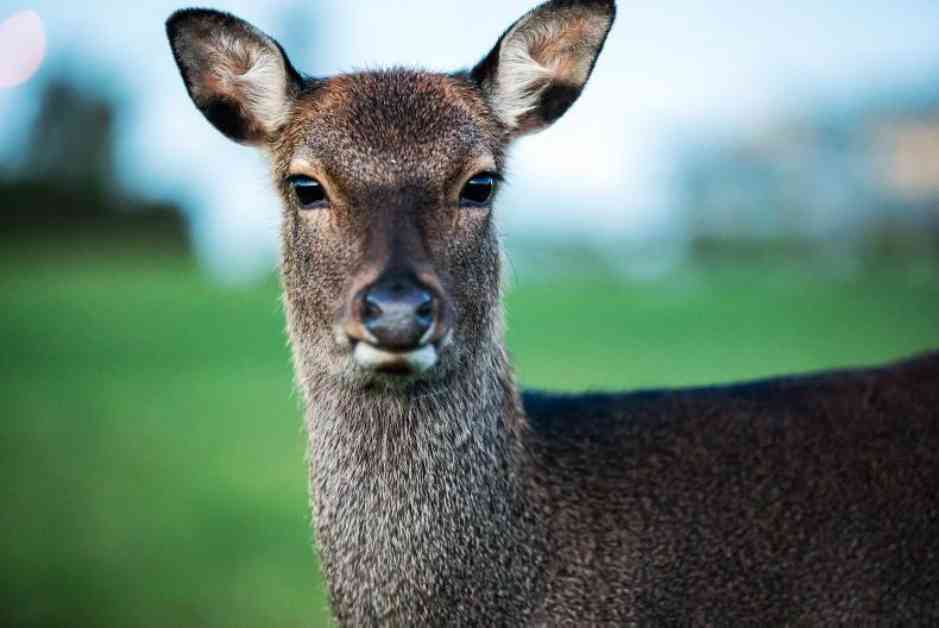Mayo Deer Population Boom Poses Threat to Farms and Roads
The wild deer population in Mayo has reached a critical point, causing significant problems for farmers and road safety in the area. This issue has prompted the Department of Agriculture to allocate €3 million to establish a new program aimed at managing and controlling the growing numbers of wild deer. The main concerns revolve around the dangers posed to road users as deer cross roads during their mating season, as well as the threat to farm security as the animals break into fields and consume grass intended for cattle and sheep.
John Lynskey, the Irish Farmers Association (IFA) Mayo chair, highlighted the urgency of addressing the escalating numbers of wild deer. He emphasized that the IFA has been grappling with this issue for the past 25 years, but the situation has now reached a critical juncture. Lynskey welcomed the new program as a positive step towards tackling the widespread problem of deer overpopulation in Mayo.
Hunting as a Control Measure
The Irish deer strategy group has recommended extending the deer hunting season as a means of managing the population. However, Lynskey expressed concerns about the efficacy of hunting in reducing deer numbers, citing instances where the animals were merely dispersed to other areas following hunting activities. He noted that the extension of the hunting season for stags, without a corresponding extension for female deer, did not yield the desired results and may have inadvertently led to an increase in the deer population.
Seamus Cosgrove, the Mayo chair of the Irish Natura and Hill Farmers Association (INHFA), echoed the need for a more coordinated approach to deer management. While hunting licenses have been issued in recent years, Cosgrove emphasized the importance of involving key stakeholders such as the National Parks and Wildlife Service (NPWS), the Department of Agriculture, and forestry companies like Coillte in a planned cull of the deer population. He emphasized the pressing need for action to address the risks posed to animal and public health, particularly in relation to road safety.
Forestry Impact on Deer Population
Cosgrove pointed out that forestry management practices have exacerbated the deer population issue in north Mayo. The increase in forestry cover has inadvertently provided additional habitat for wild deer, leading to conflicts with farmers and road users. Moreover, the felling of forests has displaced existing deer populations, further complicating the situation. While acknowledging that some individuals may oppose the idea of a cull, Cosgrove emphasized the necessity of prioritizing animal and public safety in addressing the deer overpopulation problem.
In conclusion, the growing wild deer population in Mayo poses significant challenges for farmers, road safety, and biodiversity in the region. The implementation of a new program to manage and control the deer numbers is a positive step towards addressing this pressing issue. Collaboration among key stakeholders, including farmers, government agencies, and forestry companies, is essential to ensure a coordinated and effective approach to deer management. By taking proactive measures to address the root causes of the problem, Mayo can mitigate the risks associated with the booming deer population and safeguard the interests of all stakeholders involved.
